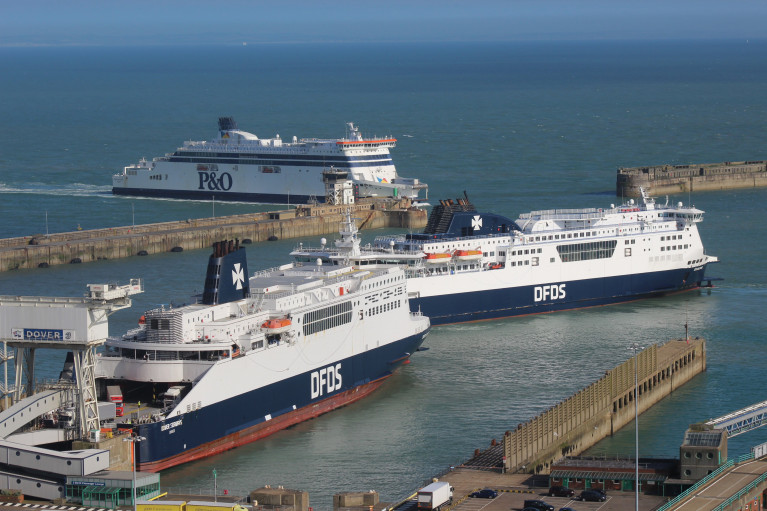Ferry rivals, DFDS & P&O have today entered into a mutual space charter agreement on the Dover-Calais route to shorten freight customers’ waiting times.
The new agreement according to DFDS on the premier short-sea route will also improve the flow of freight traffic across this vital arterial trade link between the UK and France and the rest of the EU member states.
Freight drivers will be able to board the next available sailing when they arrive at the Port of Dover or the Port of Calais, regardless of which of the two ferry companies is operating the crossing. This will ensure customers benefit from more flexibility, with a sailing every 36 minutes. It will reduce the amount of waiting time at the port saving our freight customers up to 30 minutes on their overall journey time.
Whilst the agreement means that capacity is shared, all commercial activities remain entirely under the control of each operator.
The new agreement is for freight vehicles only and does not apply to sailings on the Dover-Dunkirk route, which is solely operated by DFDS and will continue to provide a convenient alternative from Dover, with regular sailings and easy access to the Northern European road network.
Filip Hermann, Vice-President and Head of Channel Routes for DFDS, said: “Our focus is always to improve the ferry offering to freight customers. With this new space charter agreement in Dover-Calais we offer faster crossings and flexibility to relieve congestion and keep trade flowing”.
The two ferry companies carry more than 2.5 million lorries across the English Channel every year, making it the busiest trade route between the UK and Europe, maintaining the flow of essential items including food, medicines and other materials into and out of the UK.
As Afloat previously reported, operator, Irish Ferries next month is to launch a brand new service on Dover-Calais route with the transfer of Isle of Inishmore from Rosslare-Pembroke duties.
Initially, sailings on the UK-France link will be based only for freight customers, providing hauliers with an inclusive UK landbridge post-Brexit connection, as this also includes the operators main Irish Sea route of Dublin-Holyhead.































































